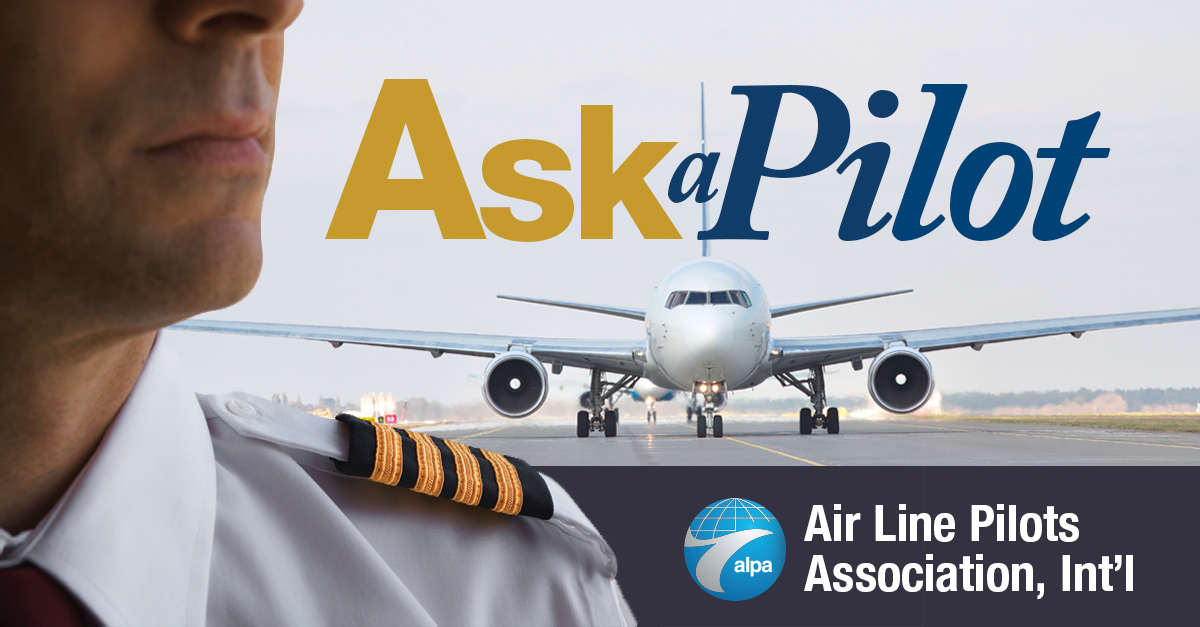Published on
March 31, 2016
By ALPA Staff
As the popularity of unmanned aircraft systems (UAS) increases, so does the number of sightings of these devices in the national airspace system (NAS) by airline pilots. Recently, the FAA issued updated numbers of UAS sighting reports, and the initial findings indicate that more and more UAS are being operated well beyond the restrictions and safe guidelines established by the Federal Aviation Administration (FAA).
According to the FAA, between August 2015 and January 31, 2016, there were over 580 reported UAS sightings from pilots, air traffic controllers, and citizens throughout the United States. With more than 406,000 devices registered since December, it’s more important than ever that those operating UAS understand and follow the rules.
Published on
March 23, 2016
By Capt. Tim Canoll
Earlier this month, I testified before the U.S. Senate Committee on Small Business and Entrepreneurship on the need to fully regulate all uses of unmanned aircraft systems (UAS).
During this hearing, additional testimony provided by the Mercatus Center at George Mason University cited a recently published report alleging that the “small UAS under 2 kg pose a negligible risk to the safety of the national airspace.”
ALPA takes exception to these conclusions about the extremely low risk of collision. The report’s statistics were built by evaluating the historical number of wildlife strikes and damage caused throughout the past 25 years. Comparing a small machine, often comprised of metal parts, to a bird provides no reasonable correlation. Aircraft engines have been tested against birds and designed to withstand a certain level of ingestion. To date, no such tests have been conducted with UAS. Based on a lack of research and testing data, it is presumptuous to correlate UAS and bird strikes.
Published on
January 4, 2016
By Capt. Tim Canoll
As ALPA ushers in a New Year, we take a moment to reflect on the achievements of the past year and renew our energy and commitment to realizing our union’s vision for the piloting profession and the North American airline industry. This year marks ALPA’s 85th anniversary. The knowledge and resources forged from eight decades of experience give us the strength and credibility to remain the most influential and respected voice in aviation and to pursue the highest standards of safety, security, and pilot assistance.
In the coming year, our union will do even more to build on decades of work to support our members in every way possible as many pilot groups begin or continue the hard work of negotiating collective bargaining agreements. We'll also keep watch in the year ahead for opportunities to advance labor as a whole.
Published on
November 24, 2015
By Capt. Tim Canoll
Maintaining safety is absolutely essential as many of us purchase and operate unmanned aircraft systems (UAS), also known as “drones.” ALPA’s plan to safely integrate UAS into the national airspace includes education, registration, technology, and enforcement of the rules.
Making certain that UAS owners register their aircraft is vital to ensuring that UAS operators fly their aircraft safely in skies they share with airliners carrying both passengers and cargo. If UAS are registered, the Federal Aviation Administration (FAA) will be able to more easily enforce the rules that keep us safe. Moreover, the registration process will also demonstrate to purchasers the responsibility that comes with owning a UAS.
Published on
November 2, 2015
Thank you to Leadership from the Cockpit followers for submitting great questions for our new “Ask a Pilot” segment. The topic today is unmanned aircraft systems (you may know them as “drones”)—a hot issue on Capitol Hill and in news headlines across the country. Capt. Tim Canoll, ALPA’s president, provides the answers to three interesting questions from followers.






